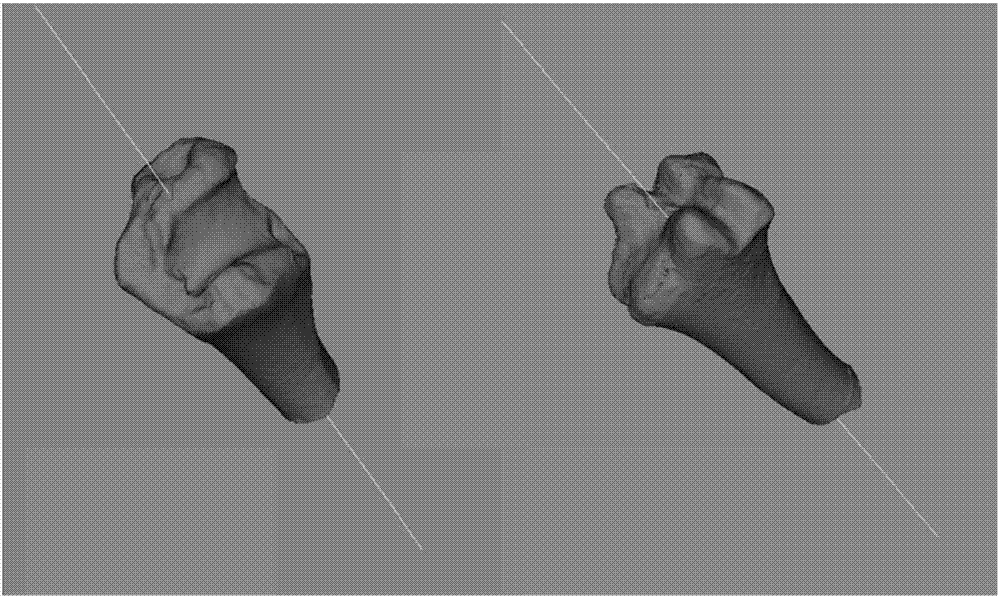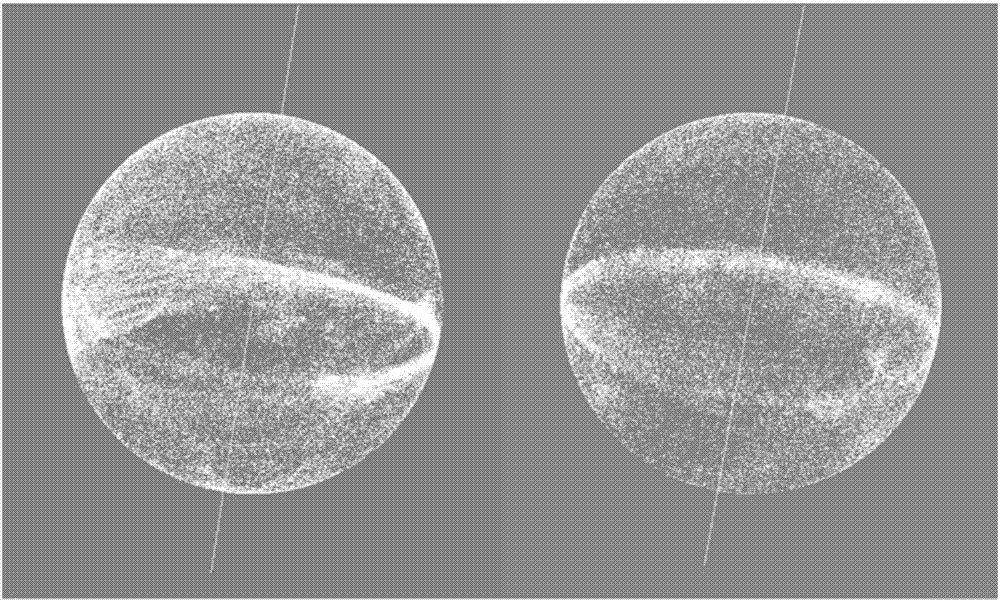Broken bone section and broken bone model registration method based on maximum common subgraph and bounding box
A technology of the largest common sub-image and bounding box, which is applied in image enhancement, image analysis, image data processing, etc. It can solve the problems that the cross-sectional shapes cannot be roughly matched, the fine registration is inaccurate, and the automatic extraction of cross-sections cannot be realized.
- Summary
- Abstract
- Description
- Claims
- Application Information
AI Technical Summary
Problems solved by technology
Method used
Image
Examples
Embodiment Construction
[0055] In order to make the purpose, technical solutions and advantages of the embodiments of the present invention more clear, the technical solutions in the embodiments of the present invention are clearly and completely described below in conjunction with the drawings in the embodiments of the present invention:
[0056] Such as Figure 1-9 Shown: The registration method of the broken bone section and the broken bone model based on the largest common subimage and the bounding box mainly includes the following steps:
[0057] Fracture Axis Extraction
[0058] This method uses the PCA algorithm to extract the axis of the broken bone. The extraction effect is as figure 2 shown.
[0059] Enter the initial sample matrix. According to the input model, let the model contain a total of n points, and assign the coordinates of these n points to a 3×n matrix, which is the initial sample matrix
[0060] The initial sample matrix is centered. After centering the initial sampl...
PUM
 Login to View More
Login to View More Abstract
Description
Claims
Application Information
 Login to View More
Login to View More - R&D
- Intellectual Property
- Life Sciences
- Materials
- Tech Scout
- Unparalleled Data Quality
- Higher Quality Content
- 60% Fewer Hallucinations
Browse by: Latest US Patents, China's latest patents, Technical Efficacy Thesaurus, Application Domain, Technology Topic, Popular Technical Reports.
© 2025 PatSnap. All rights reserved.Legal|Privacy policy|Modern Slavery Act Transparency Statement|Sitemap|About US| Contact US: help@patsnap.com



